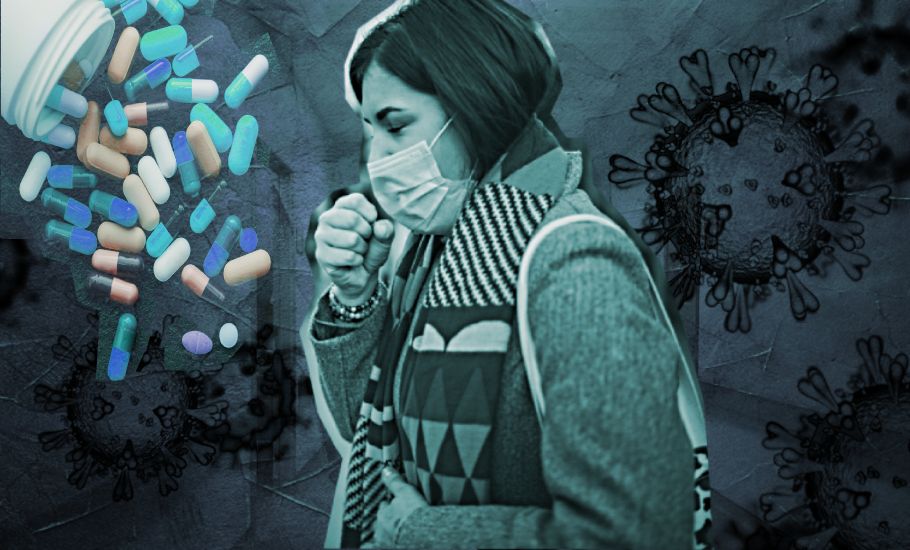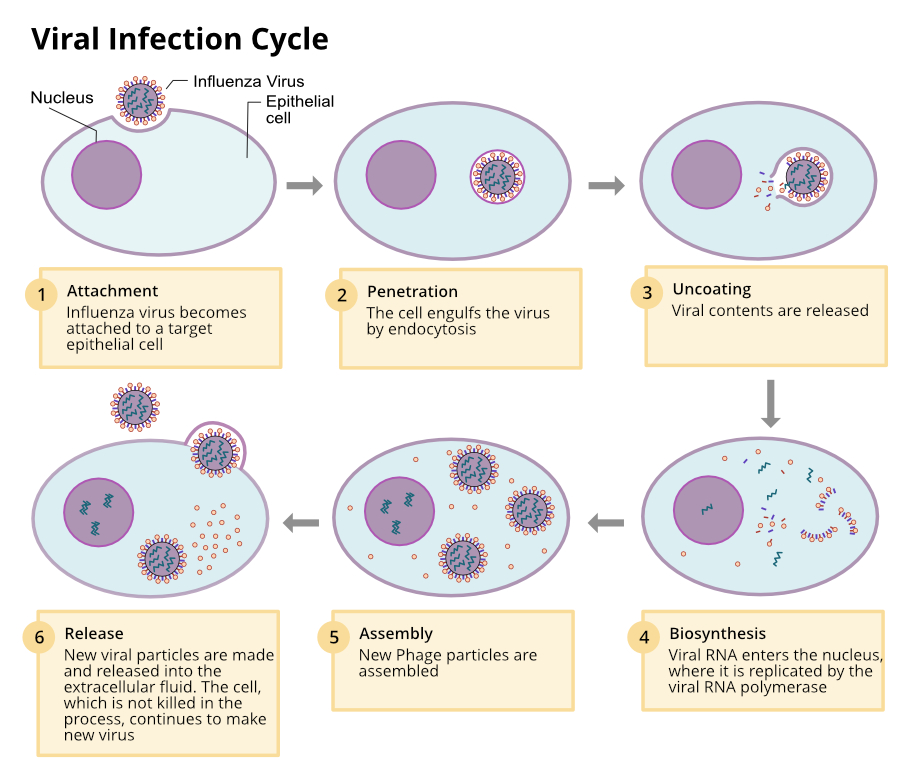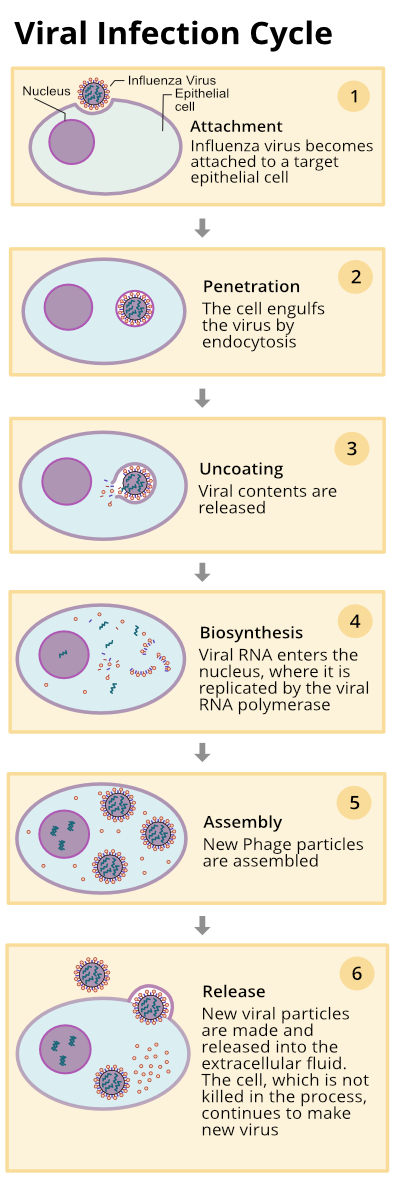
- Home
- India
- World
- Premium
- THE FEDERAL SPECIAL
- Analysis
- States
- Perspective
- Videos
- Sports
- Education
- Entertainment
- Elections
- Features
- Health
- Business
- Series
- In memoriam: Sheikh Mujibur Rahman
- Bishnoi's Men
- NEET TANGLE
- Economy Series
- Earth Day
- Kashmir’s Frozen Turbulence
- India@75
- The legend of Ramjanmabhoomi
- Liberalisation@30
- How to tame a dragon
- Celebrating biodiversity
- Farm Matters
- 50 days of solitude
- Bringing Migrants Home
- Budget 2020
- Jharkhand Votes
- The Federal Investigates
- The Federal Impact
- Vanishing Sand
- Gandhi @ 150
- Andhra Today
- Field report
- Operation Gulmarg
- Pandemic @1 Mn in India
- The Federal Year-End
- The Zero Year
- Science
- Brand studio
- Newsletter
- Elections 2024
- Events
- Home
- IndiaIndia
- World
- Analysis
- StatesStates
- PerspectivePerspective
- VideosVideos
- Sports
- Education
- Entertainment
- ElectionsElections
- Features
- Health
- BusinessBusiness
- Premium
- Loading...
Premium - Events

Coronavirus: It's critical to understand the science to avoid the frenzy
Like seasonal flu, the disease caused by the novel coronavirus is a respiratory disease. About 80% of infected persons will recover on their own, not even needing a visit to a doctor.

Coronavirus infection is not a death sentence. Compared to deadly viruses like Ebola, the novel coronavirus is a tame egg. Although it would depend on country-based mitigation efforts, a recent study published in Nature Medicine* estimates that the death rate among people who developed COVID-19 symptoms in Wuhan, China was 1.4 per cent. We need to be alert, not alarmed. Don’t use a...
Coronavirus infection is not a death sentence. Compared to deadly viruses like Ebola, the novel coronavirus is a tame egg. Although it would depend on country-based mitigation efforts, a recent study published in Nature Medicine* estimates that the death rate among people who developed COVID-19 symptoms in Wuhan, China was 1.4 per cent. We need to be alert, not alarmed.
Don’t use a cannon to kill a mosquito
Like seasonal flu, the novel coronavirus causes a respiratory disease. It may look like underplaying the risk but most likely you may develop a mild cold, sneeze a few times, suffer from a sore throat, requiring just a bowl of good hot chicken soup and nothing more. About 80% of infected persons will recover on their own, not even needing a visit to a doctor.
However, about 5% will develop breathing difficulty and may require hospitalisation. Some may develop pneumonia. As the infection aggravates, for severe cases, oxygen-enriched air will be pumped into the lungs. Their immune system will fight back, the viral attack will be beaten, and they will begin to slowly recover.
Only in a handful of patients, the situation will worsen. If their immunity had been low, because of old age or other underlying medical condition, the virus would take the upper hand. Enraged by this, the immune system will become exaggerated. The immune system, by now, will not be able to tell apart friends (their own cells) and enemies (virus). It will go berserk — a cytokine storm — and start to kill the virus and own healthy cells. White blood cells destroy the lung tissue, filling tiny alveolar sacs (sacs that exchange oxygen and carbon dioxide in lungs) with fluids. Blood can no longer absorb oxygen from the lungs, even when the ventilator pumps oxygen-enriched air. The patient would be hooked to extracorporeal-membrane-oxygenation (ECMO) machine. The doctors would be looking for drugs that repress immunity, which has gone into an overdrive, rather than an immunity-boosting drug.
Thankfully drugs like monoclonal antibodies used to treat autoimmune diseases are available. Most likely, the patient would be wheeled back to bed from ICU after a few weeks of intense treatment. A very few may not respond and die. And these deaths must also be prevented.
Effective therapy requires potent drugs. Scientists have deployed futuristic technologies, understanding cellular mechanism, genetic makeup and the molecular structure, to come up with various candidate drugs to treat COVID-19.
Understanding infection
Viruses, like any living organism, also have genetic material. Some viruses such as Human papillomavirus (HPV) contain DNA. In contrast, viruses like human immunodeficiency viruses (HIV) have RNA and a coat of membrane covering it.
Coronavirus is a slimy speck of genetic material, 30,000-base-long RNA molecule. Suppose we magnify a human hair to the size of cricket stadium, a typical human cell will be 8-metres wide, about the height of a three-storey building. The coronavirus is just 11 centimetres wide and high as an average mobile phone on this scale. Despite being so minuscule, aeons of evolution have perfected them into a formidable machine capable of destroying organisms from bacteria, plants to animals and humans. There is no living being that is not ravaged by viruses.
Bells will ring if we had not slept through our high school biology classes. The genetic information, a kind of molecular cook-book containing recipes for preparing proteins and amino acids, is encoded in DNA. When required DNA prepares the prescription called messenger RNA, it passes it on to ribosomes, the cellular chef for building a particular protein.


Cells of hosts have evolved to keep predators like viruses at bay. However, lacking the cellular machinery, viruses can neither make proteins for their sustenance nor reproduce. In their struggle for existence, viruses have evolved a devious mechanism to trick and enter the cell of a host, by slyly confiscating the cellar machinery and sustaining and reproducing.
Cells have a chunk of a protein called receptors protruding from its surface, which serves as a foothold for viruses. The spikes on the coat of the viruses have protein which closely matches the shape of the receptors and cleave through it. The outer skin of the virus and the cell membrane fuse, spilling the RNA contents into the interior of the cell.
Once inside, the RNA of the virus triggers the host’s protein-making machinery ribosome. Unaware that the RNA is foreign, dutifully the ribosomes start reading the instructions and build viral proteins. Some of these proteins hijack more ribosomes in the cell and produce even more viral proteins. Cells fight back, but then the viral RNA secrete proteins that block the cell from launching an attack. The total energy and machinery of the cell now goes under the control of the viral RNA. One crucial protein that the viral RNA makes is the RNA-copying proteins, polymerases.
As more and more new viral RNA are churned out, a cellular conveyor belt takes this to the surface of the cell. Each RNA strand is warped with a viral shell, and spike proteins and a bubble-like structure called vesicles are formed. Like a bubble rose that bursts open at the surface of a liquid, these vesicles burst open at the surface of the cell. The newly-formed viruses migrate and latch on to nearby cells. The infection spreads inside the body, ultimately making the host organism sick.
Throw a spanner at viral machinery
If only we can arrest the proliferation of the virus before the onset of a cytokine storm, the snowballing viral growth can be stopped by throwing a spanner at the cog and the wheels. There are several ways one can intrude into the viral machinery — make the attachment harder by tweaking the spikes of the virus; prevent the manufacture RNA by disrupting the polymerases; disturb the process of proteases preparation of a mature copy of RNA or spoil the packaging or blunt the spike protein — and the viral infection fails.
Researchers have been developing drugs for each of these stages.
Anti-RNA polymerases drug blocks the reproduction, thereby preventing infection from spreading to other cells. That is good news. However, the cells like a blood cell, skin cell have to make copies of itself. Blocking the RNA polymerases stops not only the replication of virus RNA but also duplication of the parent cell. Remdesivir, a drug developed during the Ebola outbreak and found not to be effective against that virus,has been showing promise in the case of coronavirus. Clinical trials for COVID-19 have commenced.
Protease inhibitors used as an anti-HIV drug to disrupt the formation of mature RNA, a combination of lopinavir and ritonavir, have been tested by Chinese doctors. Medicines that break the packing process are also potential, but drugs in this class are rare. Likewise, drugs that block the transport of the materials to the cell surface called exocytosis are scarce. This process involves many systems in the cell process. Obstructing them may shutdown of exocytosis in healthy cells also. For now, researchers are not touching this complicated process.
Our immune system produces antibodies against the spikes on the exterior of the virus. These antibodies must be teeming in the plasma of those who fought and won the battle against the infection. So one way to fight would be to purify the plasma, infuse into the patients and neutralise the virus? This may give the patients’ immune system sufficient time to develop their own antibodies.
Cells when under attack send a distress signal. The molecule Interferon, when released, alert the nearby cells of the impending viral attack, and calls out the natural killer cells to destroy the infected cells and in general reduce the viral load. Invented in Cuba, the medicine was used in China to treat COVID-19 patients. The recombinant human IFN-α2b spray in mouth and nose alleviate symptoms and shorten disease course of upper respiratory tract infections.
Vaccine on its way
While some researchers are developing drugs or repurposing them to treat coronavirus infection, others are trying to design a vaccine. Thanks to Cryogenic Electron Microscopy (cryoEM), Daniel Wrapp and Nianshuang Wang of the University of Texas at Austin, US, and colleagues were able to obtain the structure of the outer “spike” protein of SARS-CoV-2 recently.
This is important as the spike protein helps the virus to tunnel into the cell. Once we know the structure of the external spike, we can choose molecules that can bind over it. It is like putting a cap over a key and preventing it from opening the lock. The spike with the cap will not be able to slip into the receptor of the cell, and so, infection is prevented. The molecule that could bind with spike can then act as a vaccine.
(*1.4% is the symptomatic case fatality risk (the probability of dying after developing symptoms) that the researchers estimated based on February 29, 2020 data of Wuhan: 2,169 deaths and 48,557 COVID-19 cases. China as a whole recorded 81,093 COVID-19 cases and 3,270 related deaths as on March 23)
(The author is a science communicator with Vigyan Prasar)
